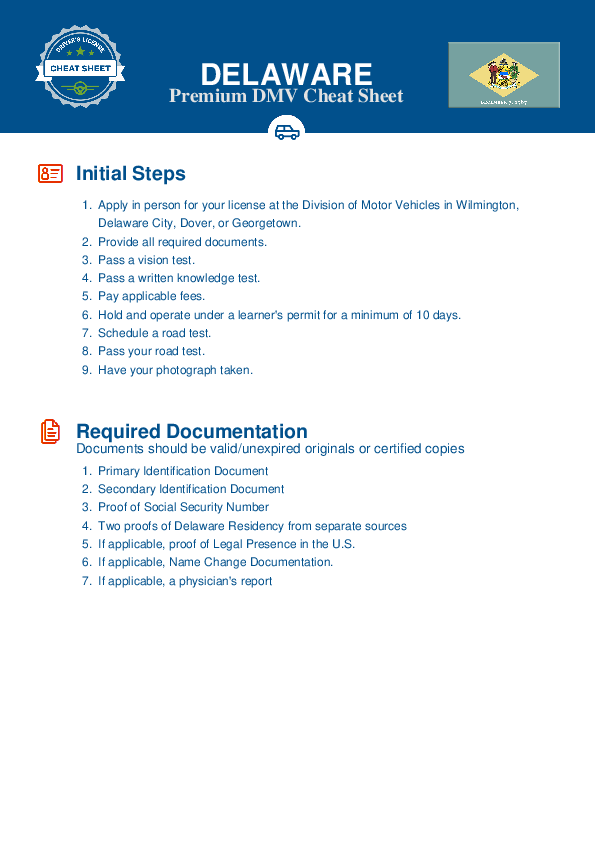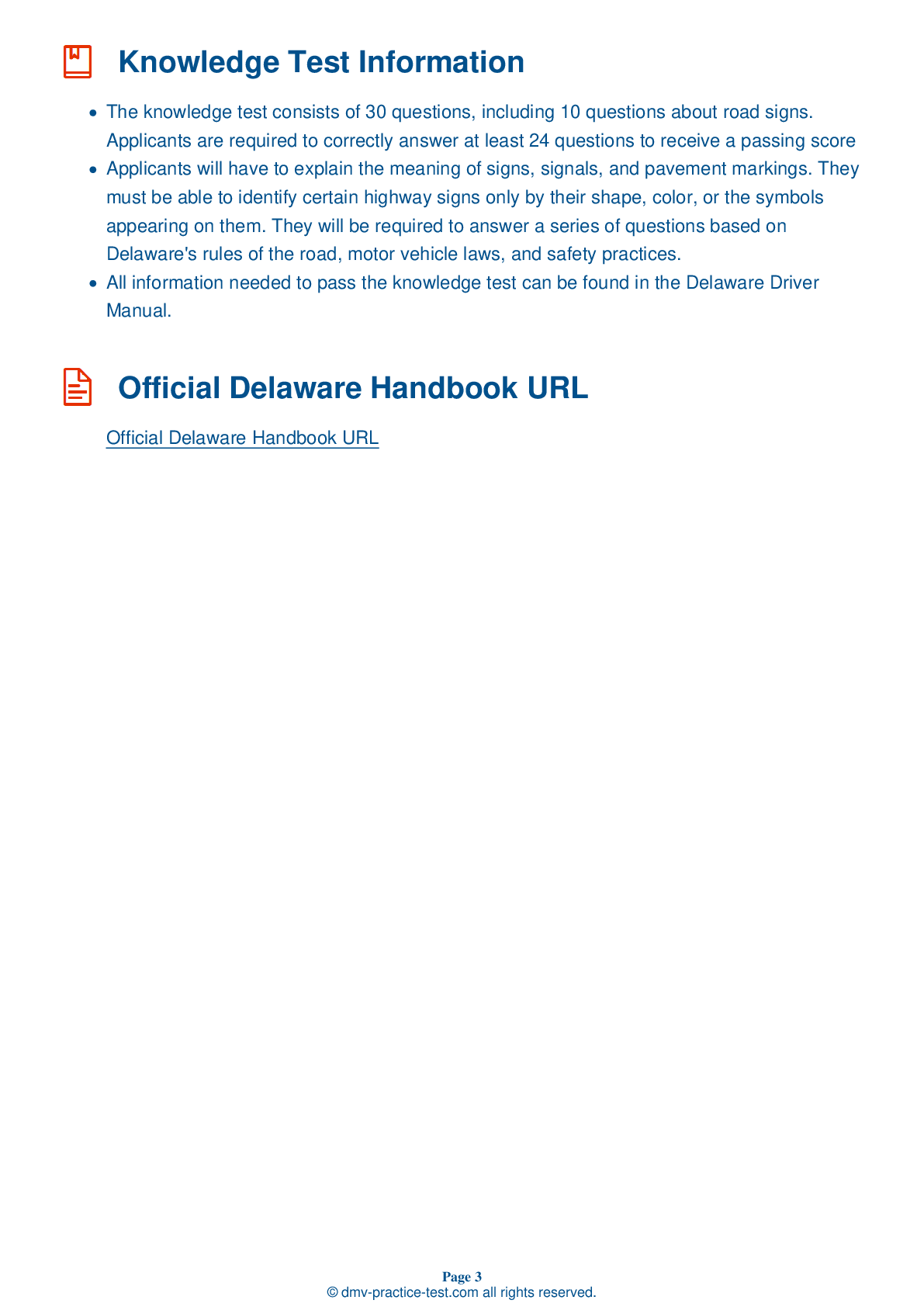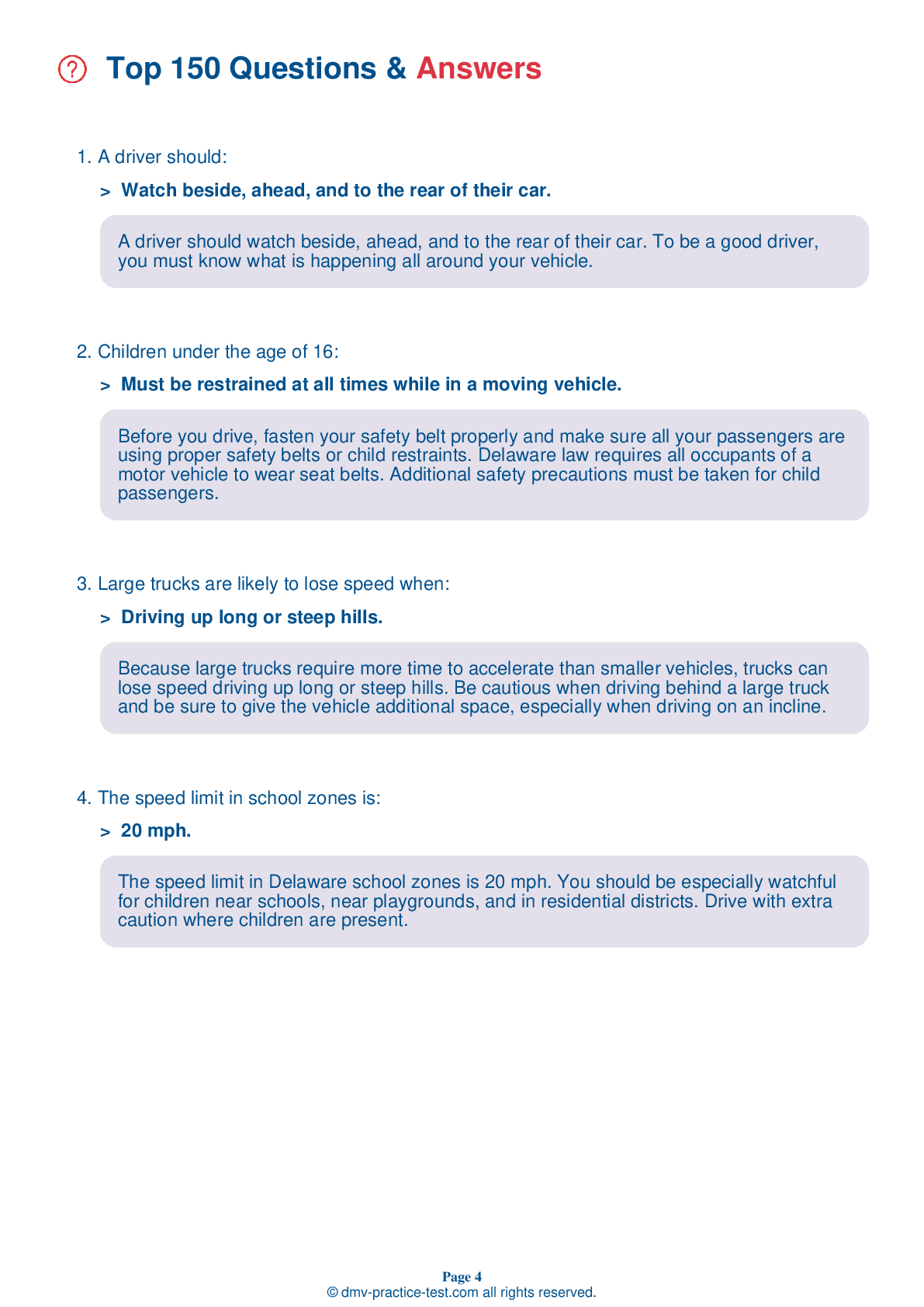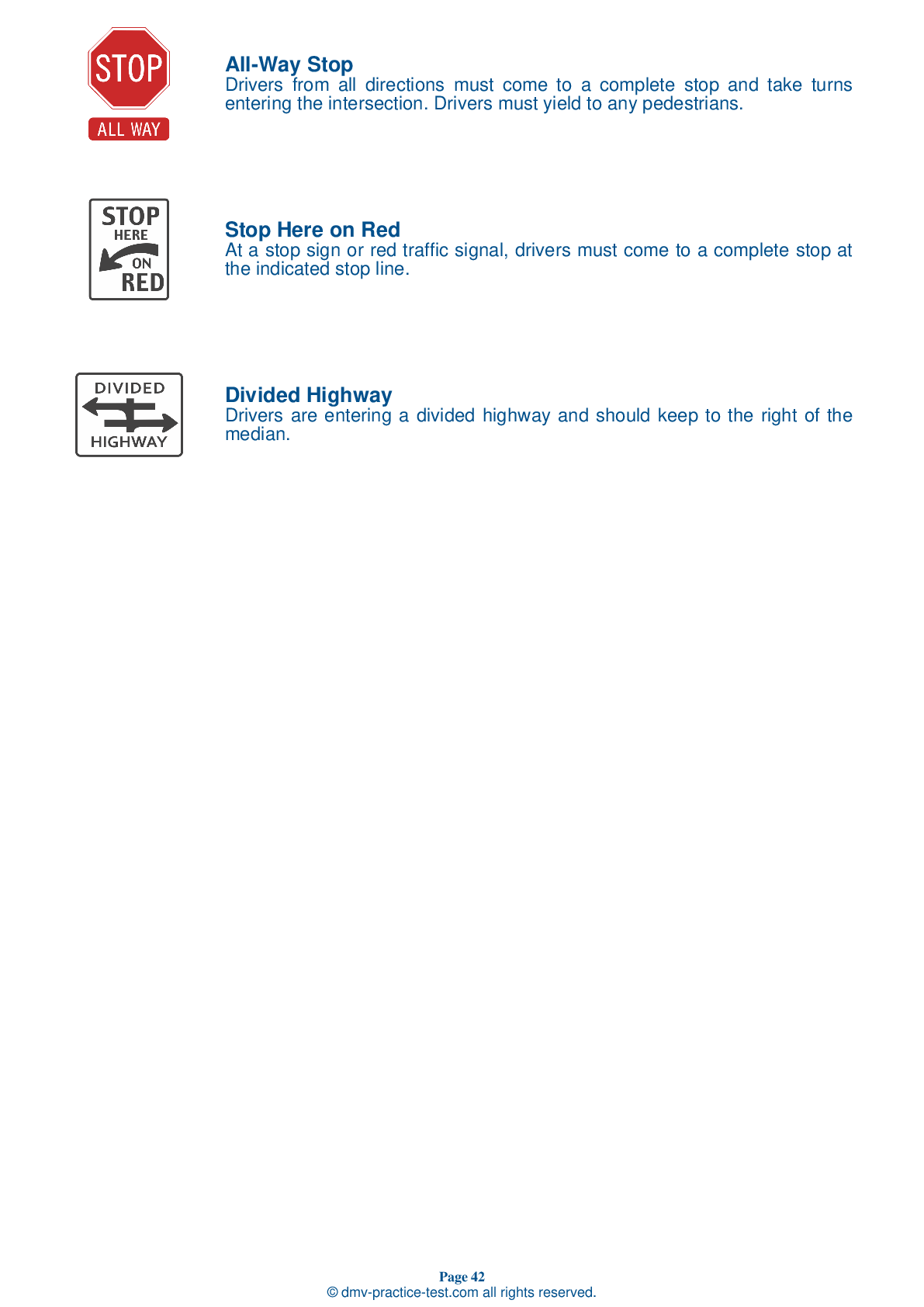FREE Delaware DMV Practice Test #18 Page 4 of 4
This set of DMV practise tests for Delaware was just updated for January 2025. It comprises questions based on the most important traffic signs and rules for 2025 from the Delaware Driver Handbook. To study for the DMV driving permit test and driver's licence exam, use actual questions that are very similar (often identical!) to the DMV driving permit test and driver's licence exam.
Each question on the practise exam has a tip and explanation to help you recall the ideas. Questions about road laws, traffic signs, and driving statutes, as well as information from the Driver Handbook, will be included in the written portion of the official DMV test.
You must properly answer 20 of the 25 questions to receive the required passing mark. To help you prepare for your Delaware instruction permit or driver's licence, take our DMV practise test.
The DMV exam is offered in a variety of languages.
Using any kind of testing assistance will result in an automatic fail, and the DMV may take additional action against your driver's licence, so stay away from it.
25 . This sign is used to warn drivers about:
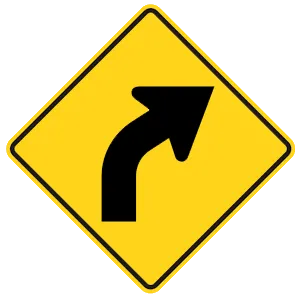
Warning signs are usually yellow with black markings. They alert you to conditions that are immediately ahead. This sign is used to warn drivers about an upcoming curve to the right.
26 . This road sign means:
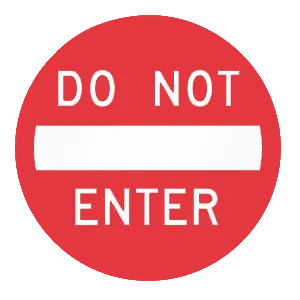
This sign marks a one-way road, entrance, or exit. If you are facing this sign, traffic is coming toward you. Turn around if you are driving toward this sign.
27 . Hydroplaning occurs when tires ride on a thin film of water instead of on the road. To prevent hydroplaning in wet weather, you should:
Hydroplaning is caused by driving too fast on a wet road. Slow down when driving on wet pavement to prevent hydroplaning.
28 . This bicyclist is signaling:
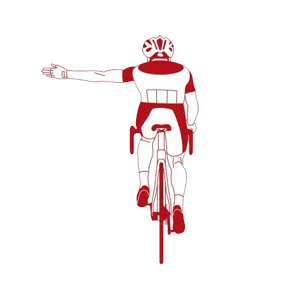
Bicycles do not have turn signals so bicyclists use hand and arm signals to alert other drivers to their intentions. If a bicyclist puts their left arm straight out, they are signaling that they intend to turn left.
29 . When driving on gravel or dirt roads:
Your tires do not have as much traction on loose gravel and dirt roads as they do on concrete and asphalt roads. When driving on gravel or dirt, you must slow down. It will take you much longer to stop and it is much easier to skid when turning.
Need Car Insurance? No problem!
Compare the best rates in Delaware and find a personalized policy that meets your needs.
1. Are You Currently insured ?
2. Married ?
3. Do you own your Home?
4. Do you have more than 1 car ?
5. Have you or a Family Member Honorably Served in U.S. Military ?
6. Your Name
7. Age
8. Zip code
IMPORTANT REMINDER:Auto Insurance is Mandatory to drive in Delaware. Get covered before you hit the road to avoid any fines.
Ranked by best match

